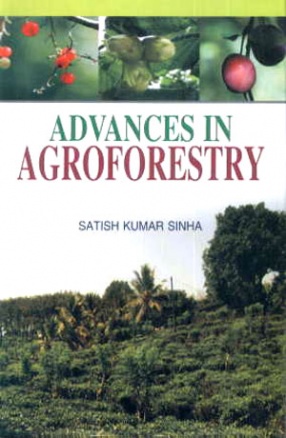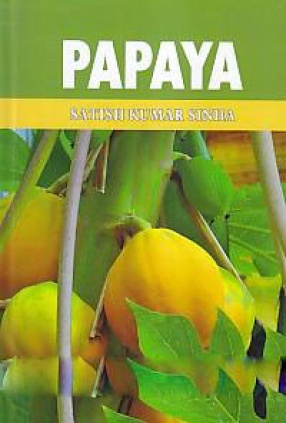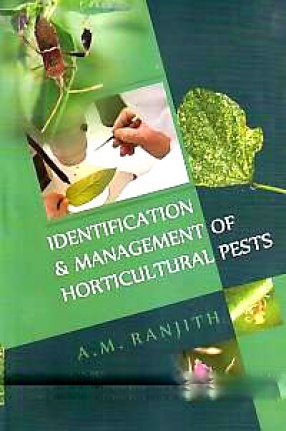Agroforestry is defined by some as a dynamic, ecologically-based natural farm management system that, along with agriculture and the integration of trees on farms, has many environmental benefits. Put simply, agroforestry is using trees on farms. Trees can provide many products such as timber, fodder, fuelwood, medicines and oils. It also helps to conserve soil, enhance soil fertility, and provide shelter belts for crops and fruit trees. Queries have been raised on the efficiency of this type of agriculture, especially regarding soil nutrients, their requirements by both the groups, i.e. trees and crops, and how they help each other. For instance, some trees have a light, thin canopy, which allows adequate light to filter through to crops below. Crops growing under them save their own moister as the protection of the trees cover reduces their rate of evaporation. Many trees can fix nitrogen, enriching the soil when their residues decompose. Agroforestry systems can be advantageous over conventional agricultural and forest production methods through increased productivity, economic benefits, social outcomes and the ecological goods and services provided. Biodiversity in agroforestry systems is typically higher than in conventional agricultural systems. Agroforestry incorporates at least several plant species into a given land area and creates a more complex habitat that can support a wider variety of birds, insects and other animals. The book will be useful both as a text book for the students of the agroforestry as well as reference book for the foresters and scientists.
Advances in Agroforestry
In stock
Free & Quick Delivery Worldwide
reviews
Bibliographic information
Title
Advances in Agroforestry
Author
Edition
1st ed.
Publisher
Random Publications, 2012
ISBN
9789381421154
Length
viii+264p., Bibliography; Index; 23cm.
Subjects








There are no reviews yet.